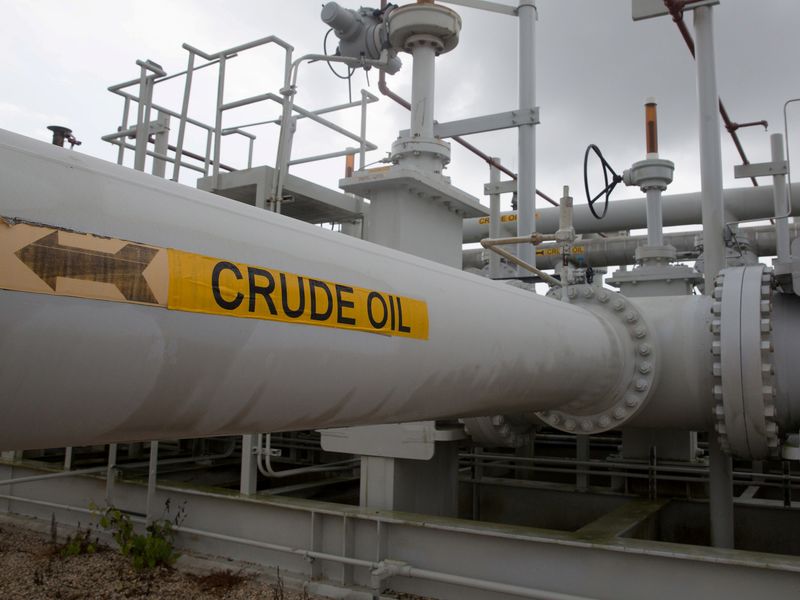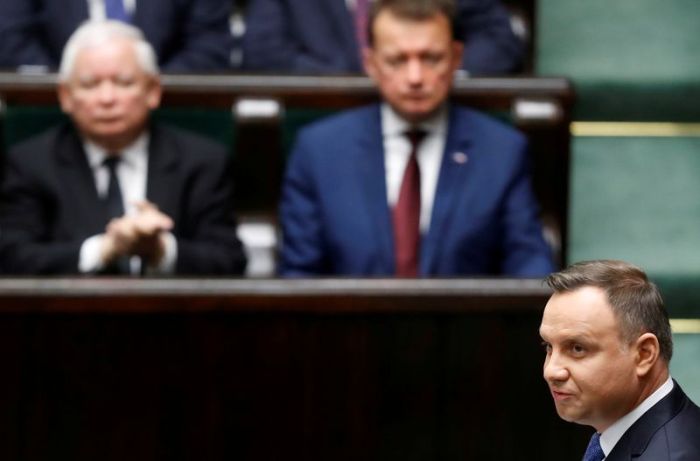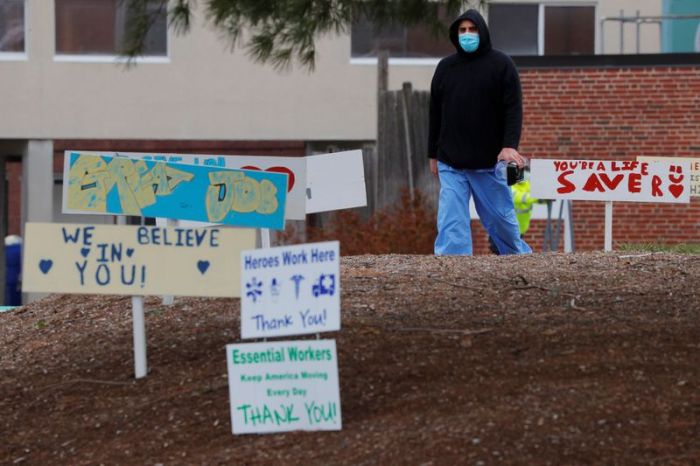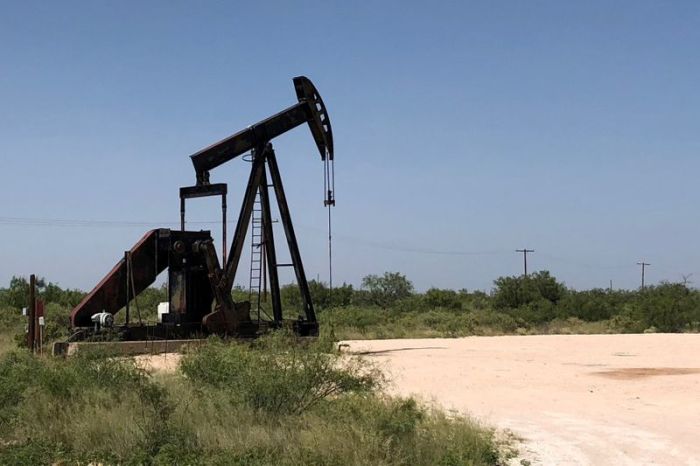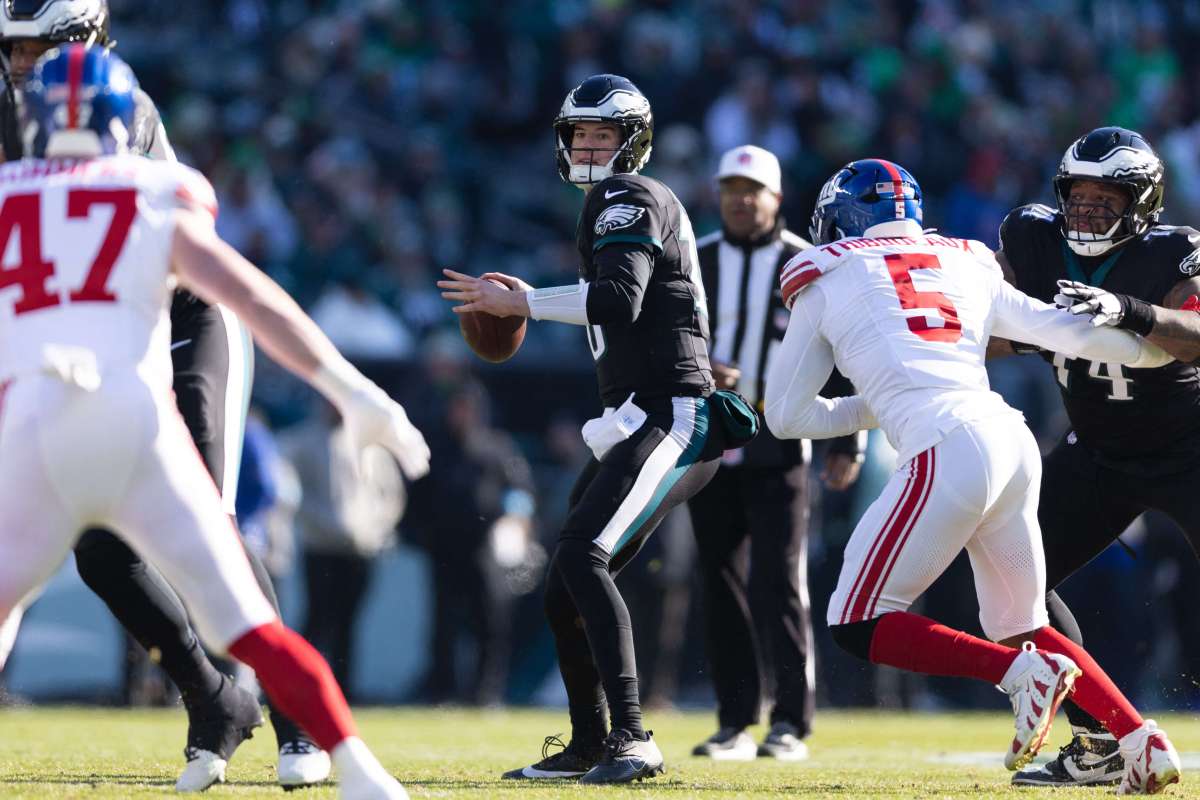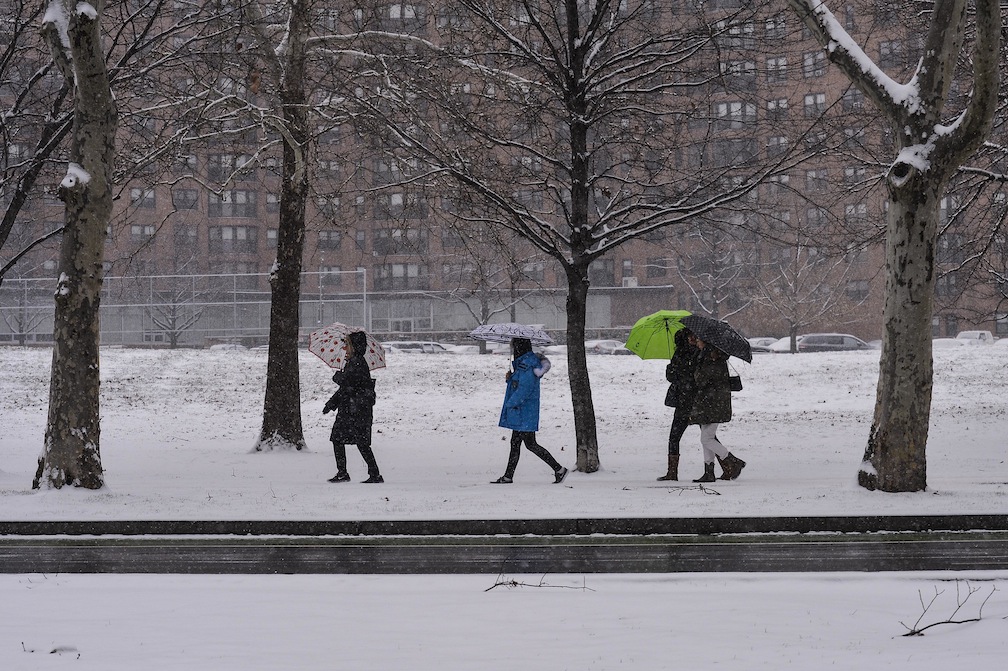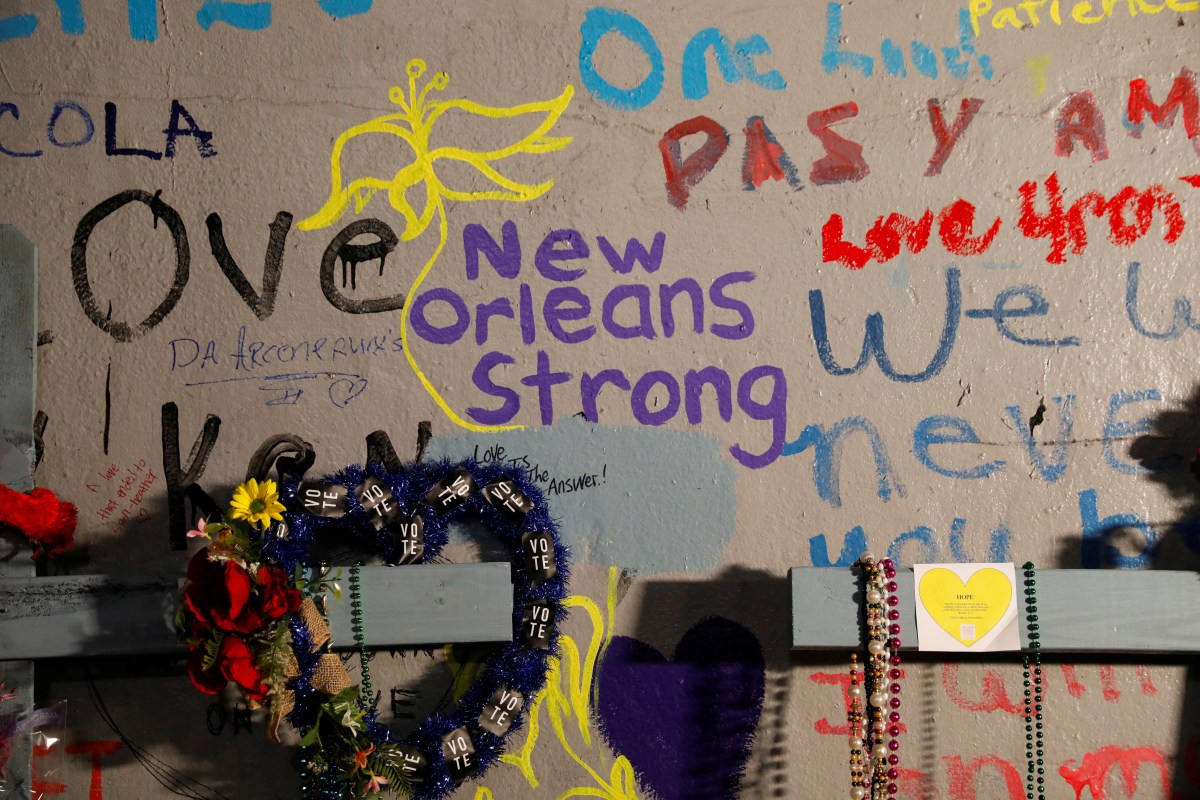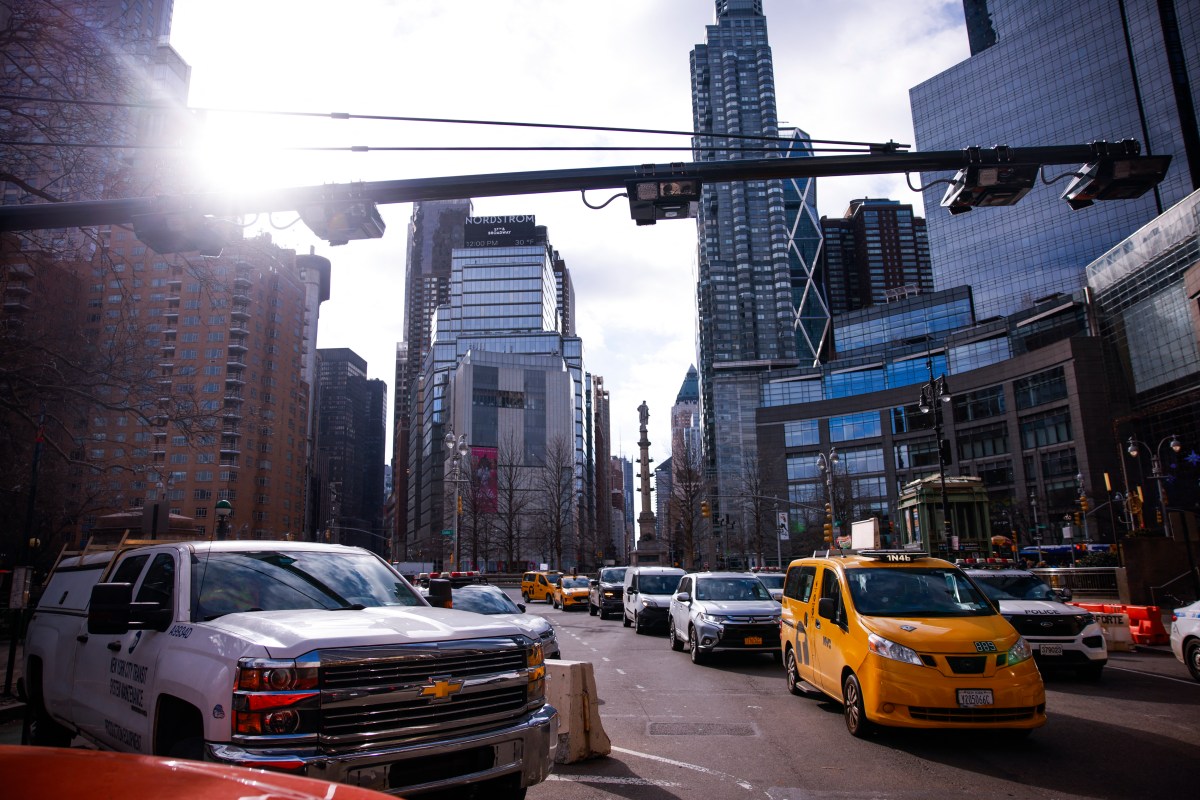NEW YORK (Reuters) – President Donald Trump’s plan to fill the U.S. emergency crude oil stockpile has become the centerpiece of his administration’s strategy to shield drillers from a meltdown in energy demand – but company officials and industry groups say the program has been too slow and won’t be enough to save them.
Trump announced his intention to fill the U.S. Strategic Petroleum Reserve “to the top” on March 13 as global oil prices went into freefall amid the coronavirus outbreak as governments issued stay-at-home orders that have obliterated fuel demand.
But by the time crude oil prices hit negative territory for the first time in history this week because of a lack of commercial storage space, the SPR’s sprawling salt caverns had yet to take delivery of a single barrel due to logistical constraints and a lack of funding.
Drillers, meanwhile, say they are balking at the government’s offer to take their oil because it is hard for them to move it from inland fields to the SPR delivery sites on the Gulf Coast, and because they worry placing it in the reserve could compromise the oil’s quality.
Global oil demand generally averages about 100 million barrels per day, but the pandemic is estimated to have cut that by around 30%. While major oil-producing nations led by Saudi Arabia have cut output and companies are closing wells, the oversupply is projected to linger for months or years leading to waves of bankruptcies in the U.S. energy industry.
“I don’t see (the SPR program) providing a significant benefit to the masses in Texas,” Ed Longanecker, president of the Texas Independent Producers and Royalty Owners Association.
The administration’s initial idea for the SPR was to purchase 77 million barrels of oil – the amount required to fill all available space in the reserve – directly from small U.S. producers most at risk from the market slump.
But after Democratic lawmakers blocked funding for the program in last month’s stimulus package, the administration shifted strategies by offering the initial 30 million barrels of space for lease instead.
The Department of Energy said this week it has awarded contracts to store a total of 23 of the 30 million barrels initially offered in the reserve, with deliveries to start as early as this month. A DOE official said it was “not surprising” that some of the offered space was not taken, because the leasing offer required different crude types to be delivered to specific locations on a deadline.
The DOE said it plans to fill the remaining available capacity in the SPR over the coming months.
The Independent Petroleum Association of America did not immediately provide a comment on the SPR program, but said it was hoping for more sweeping aid, including “royalty relief, lease extensions, and access to federal loan programs.”
The Trump administration has said it is also looking at ways to ease a cash crunch in the ailing industry to stave off bankruptcies, including by possibly increasing loan limits under the recently passed CARES Act economic stimulus package.
LOGISTICAL CONSTRAINTS
The DOE’s SPR loan proposal asked companies to deliver sweet crude oil to its sites either in Bayou Choctaw, Louisiana, or Big Hill or Bryan Mound in Texas. It is taking sour crude at the West Hackberry site in Louisiana.
Many small producers find it challenging to access those salt caverns dotting the U.S. Gulf Coast.
While several pipelines connect inland shale fields to the Gulf Coast region, space on the lines is either locked up by large oil companies or not worth the expense now as oil prices have crashed, traders said.
The DOE said the initial companies awarded storage contracts were delivering oil sourced from “several hundred small, medium, and large producers,” and added that the department was evaluating “an added opportunity for small producers in one of the upcoming solicitations.”
Companies were instead mainly opting to cut production, according to traders and officials with drilling companies. U.S. output surged to a record near-13 million barrels per day in late 2019 but has dropped off sharply in recent weeks.
Companies are concerned about what storing their oil in the SPR would do to its quality, some traders said. Much of the oil stored in the SPR is blended together, meaning producers of high-quality oil could be degrading their product.
The traders also cited a looming possible health concern. Three firms that bought crude oil in 2017 from U.S. emergency stockpiles raised concerns about dangerous levels of a poisonous chemical called hydrogen sulfide in the cargoes.
The DOE said it would seek to compensate for any significant quality issues during storage by providing a so-called quality adjustment payment.
As oil prices hit negative territory this week for the first time ever, Trump again told reporters he intended to help the industry by filling the SPR. His administration is still urging Congress to come up with funds for outright purchases.
But for some drillers, the writing is on the wall.
“The price action will cause producers to cut (production) harder, period. Everything else is background noise,” said one source at a publicly traded Permian producer.
(Reporting by Devika Krishna Kumar in New York; Editing by Richard Valdmanis, David Gregorio, Bernadette Baum and Andrea Ricci)

